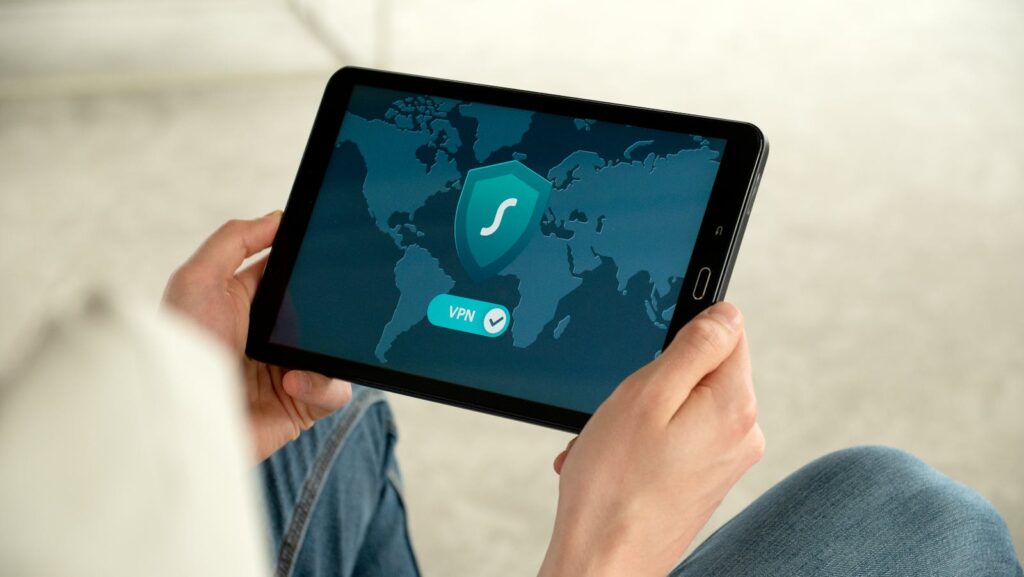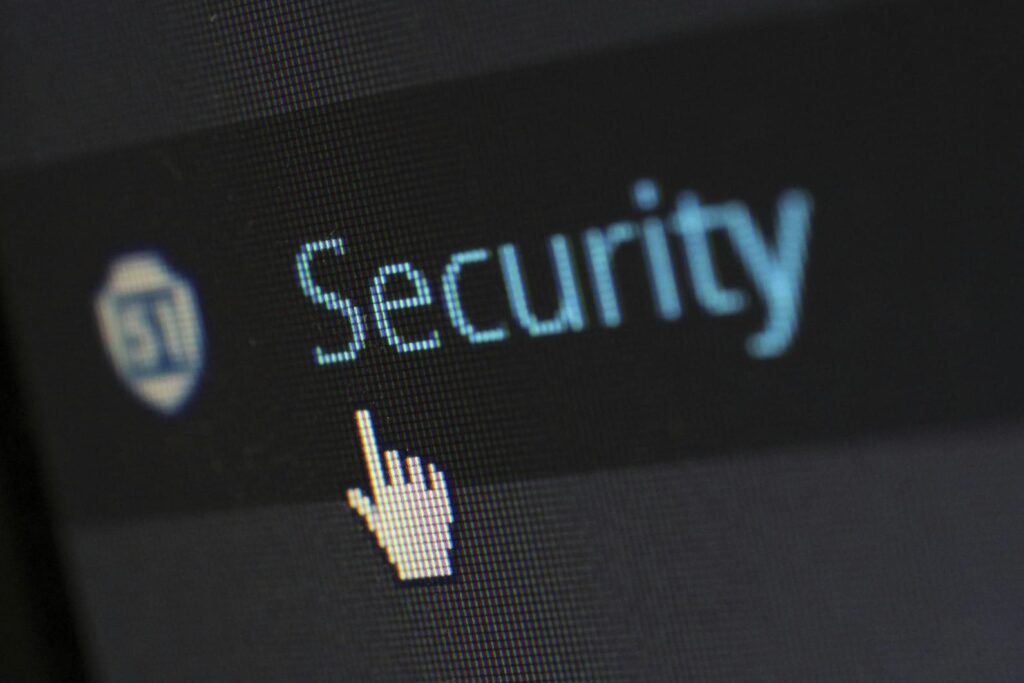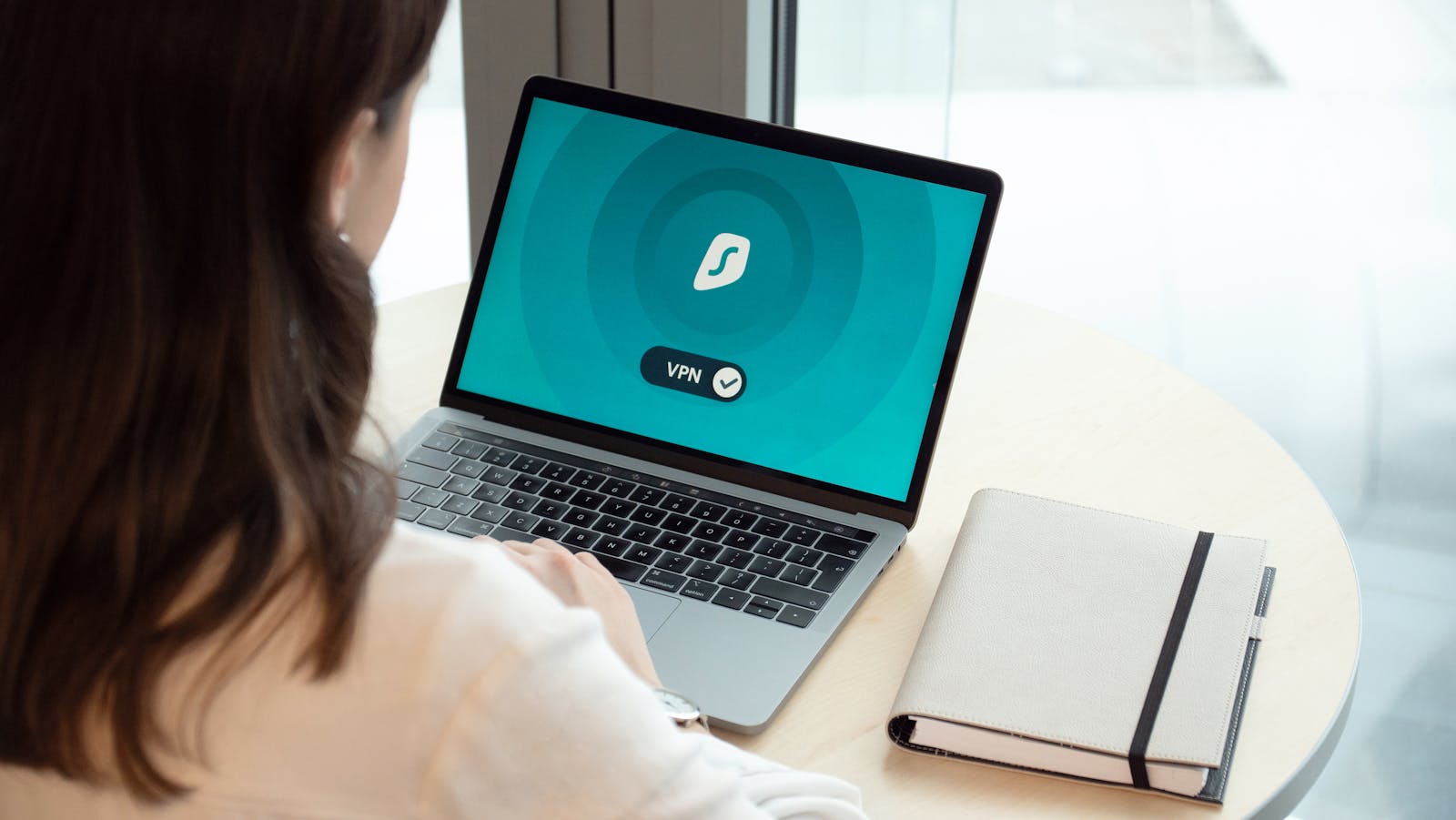- Firewalls
- Network traffic monitoring and filtering
- Access control
- Logging and reporting capabilities
Popular firewalls:
- Cisco ASA
- Palo Alto Networks Next-Generation Firewall
- Fortinet FortiGate
- Antivirus and Anti-malware Software
- Real-time scanning
- Scheduled scans
- Automatic updates
- Quarantine and removal of threats

Popular antivirus solutions:
- Bitdefender
- Kaspersky
- Norton 360
- Virtual Private Networks (VPNs)
- Data encryption
- IP address masking
- Secure remote access
Popular VPN services:
- NordVPN
- ExpressVPN
- Surfshark
- Password Managers
- Password generation
- Encrypted storage
- Auto-fill capabilities
- Cross-device synchronization
Popular password managers:
- LastPass
- 1Password
- Dashlane
- Multi-Factor Authentication (MFA) Tools
- Two-factor authentication (2FA)
- Biometric authentication
- Hardware tokens
Popular MFA solutions:
- Google Authenticator
- Authy
- Duo Security
- Intrusion Detection and Prevention Systems (IDPS)
- Real-time traffic analysis
- Signature-based detection
- Anomaly-based detection
- Automated response capabilities
Popular IDPS solutions:
- Snort
- Suricata
- AlienVault USM
- Security Information and Event Management (SIEM) Systems
- Log collection and aggregation
- Real-time monitoring and alerting
- Compliance reporting
- Threat intelligence integration
Popular SIEM solutions:
- Splunk
- IBM QRadar
- LogRhythm
- Vulnerability Scanners
- Network scanning
- Web application scanning
- Configuration auditing
- Compliance checking
Popular vulnerability scanners:
- Nessus
- Qualys
- OpenVAS
- Encryption Tools
- File and folder encryption
- Full disk encryption
- Email encryption
Popular encryption tools:
- VeraCrypt
- AxCrypt
- GPG (GNU Privacy Guard)
- Data Loss Prevention (DLP) Software
- Content inspection
- Policy enforcement
- Data discovery and classification
- Monitoring and reporting
Popular DLP solutions:
- Symantec Data Loss Prevention
- McAfee Total Protection for DLP
- Digital Guardian
- Patch Management Tools
- Automated patch deployment
- Patch compliance reporting
- Rollback capabilities
- Support for multiple operating systems and applications

Popular patch management tools:
- Microsoft System Center Configuration Manager (SCCM)
- SolarWinds Patch Manager
- ManageEngine Patch Manager Plus
- Network Monitoring Tools
- Real-time network visualization
- Bandwidth monitoring
- Alert notifications
- Performance reporting
Popular network monitoring tools:
- Nagios
- PRTG Network Monitor
- Wireshark
- Security Awareness Training Platforms
- Customizable training content
- Phishing simulation exercises
- Progress tracking and reporting
- Gamification elements
Popular security awareness training platforms:
- KnowBe4
- Proofpoint Security Awareness Training
- SANS Security Awareness
- Cloud Access Security Brokers (CASBs)
- Data loss prevention for cloud services
- User and entity behavior analytics
- Cloud application discovery and risk assessment
- Encryption and tokenization
Popular CASB solutions:
- Microsoft Cloud App Security
- Netskope
- Symantec CloudSOC
- Threat Intelligence Platforms
- Threat data collection and correlation
- Real-time threat feeds
- Customizable alerts and reports
- Integration with existing security tools
Popular threat intelligence platforms:
- Recorded Future
- ThreatConnect
- IBM X-Force Exchange
- When selecting cybersecurity apparatuses for your organization, consider components such as:
- Your particular security needs and hazard profile
- Scalability and integration capabilities
- Ease of utilize and management
- Cost-effectiveness
- Vendor notoriety and support

